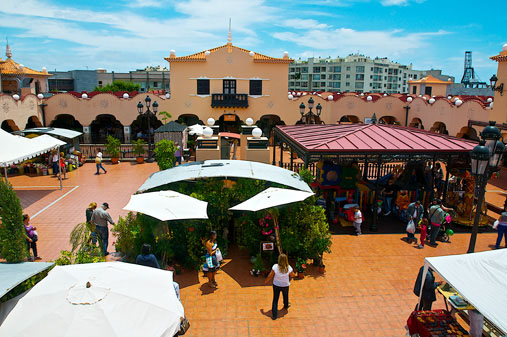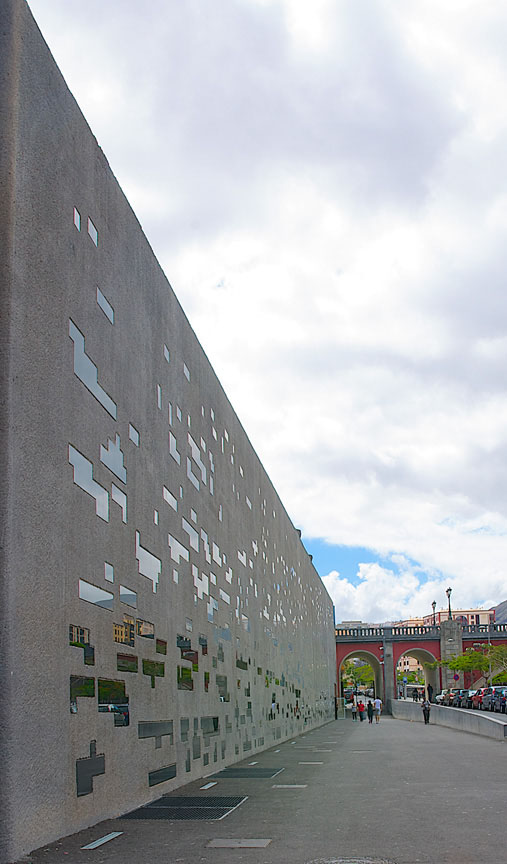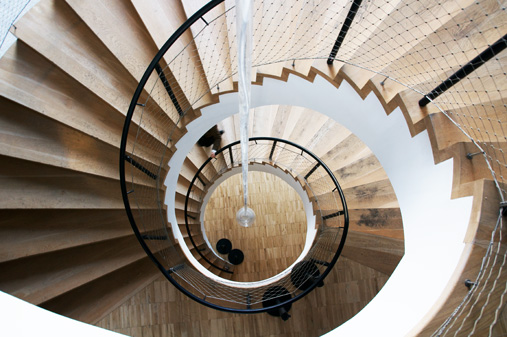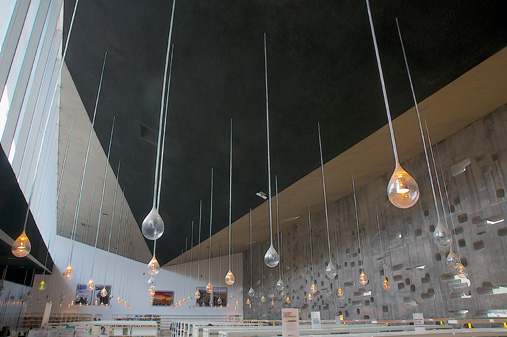A volcano of culture in Tenerife
The sun’s glare on the computer screen keeps me from concentrating on my writing. The mischievous rays slip through the panes of glass, illuminating everything. There are few other places where I feel so at home.

Santa Cruz is the capital of Tenerife, one of the seven Canary Islands. This is the land of guanches (the original inhabitants of the Canary Islands), of legendary menceyes (kings) who reigned over the Atlantic. Tenerife is crowned by the highest peak in Spain, El Teide, a long-sleeping volcano hiding under its slopes.

This island is lava, light and sea. A place where blue is not turquoise, but marine, and the sun shimmers on the waves of an infinite ocean. Here, the Atlantic is everywhere. This is the place where sky and water meet, filling the tracks of a Berber volcano.

Tenerife is a lively island and Santa Cruz, the capital, is a city thirsty for art and culture. In a narrow corner of Santa Cruz, tucked alongside the Barranco de Santos ravine, stands the TEA art center (Tenerife Espacio de las Artes). From the other side, the Mercado de Nuestra Señora de África, one of the city’s landmarks, cautiously keeps watch over her new neighbor. The building’s diagonal elements and sloping floors make room for a cultural space designed by the Swiss architects Herzog & de Meuron and the Canarian Virgilio Gutiérrez Herreros.

The TEA occupies an area of 20,622 square meters and houses the Óscar Domínguez Museum, the Centro de Fotografía Isla de Tenerife and the Municipal Library, which is always full. This one of my favorite places in Santa Cruz. The building breathes life, filled with students devouring books at all hours of the day and night – it’s open around the clock.

The building has taken root, becoming a part of the island’s soul. Even the façade is camouflaged with the colors of the earth, stained with lava and ash. Its round concrete wall immediately catches your attention. More than 1,200 glass openings in different shapes and sizes filter the island’s characteristic light, creating amazing views when night falls. It has something almost mysterious and legendary about it … Morning light trickles in through the glass perforations.

To me, this detail is the most characteristic feature of a building that is a work of art. Herzog & de Meuron took them from an enlarged image of the sea, where they could observe the reflection of the sun on water. The resulting pixels were copied into the concrete façade.
The result is magnificent.

Natural light shining in creates unique shapes, and is supplemented by an extensive network of lamps that hang like threads of light. The interior design is the icing on the cake, dominated by the purity of white and an exquisite love for detail.

Visitors immediately feel embraced by this enormous space. A huge ramp provides access to the building, so people can walk from one end to the other without having to go through a single door. It’s as if a city street bisects the entire building. But instead of disrupting the harmony, it is integrated into the space.

The contrast between the stillness of the library and the bustle of the plaza’s ramp is impressive. The platform seems to glide between the glass and concrete walls. It gives the impression of being suspended in the air, floating above an almost sacred space devoted to culture, study and reflection.
The TEA is definitely a catalyst connecting the daily life of Santa Cruz with the world of art and culture.
Lola Tienza was born in Santa Cruz de Tenerife, Spain, on March 6, 1985. At 18 she left her hometown and moved to Madrid, where she studied law at Charles III University and journalism at CEU San Pablo University. She has lived and worked in Berlin since September 2012.


